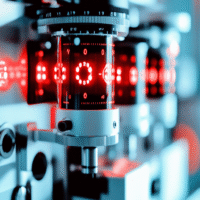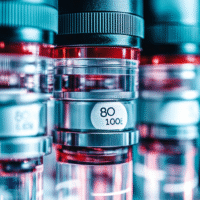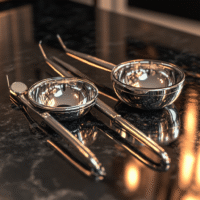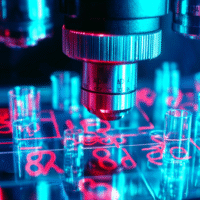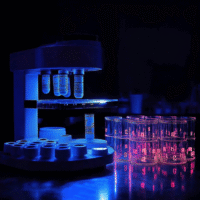Understanding the Study Results
What Was Tested?
This study compared two methods for treating teeth with large root canals that haven’t fully developed:
- Novel Apical Barrier Technique (N-ABT): Uses 3D printing technology to create custom tools and accurately measure filling material.
- Traditional Apical Barrier Technique (T-ABT): Uses a standard tool without precise volume measurement.
What Were the Results?
Out of 50 teeth treated, 45 were followed for two years. Here’s what they found:
- Both methods had successful outcomes with no serious problems reported.
- At 24 months, the N-ABT group had a healing rate of 68.2%, compared to 47.8% in the T-ABT group.
- N-ABT took less time (39 seconds on average) and fewer attempts to fill the canals compared to T-ABT (99 seconds and 1.41 attempts).
- N-ABT significantly reduced the chance of filling too much material in the canal, increasing the no overfilling rate from 8.7% to 40.9%.
How Does This Help Patients and Clinics?
The N-ABT offers a better approach for filling root canals, resulting in quicker and more efficient treatments. This means patients may spend less time in the chair and achieve better outcomes.
Real-World Applications
What Can Clinics Do with These Findings?
- Adopt the N-ABT technique to improve treatment outcomes for patients with large root canals.
- Invest in 3D printing technology for creating customized tools.
- Train staff on how to effectively use the new technique to ensure high-quality care.
What Should Clinics Track?
Clinics should monitor:
- The success rate of treatments using N-ABT compared to T-ABT.
- The average time spent on filling procedures.
- The incidence of overfilling during treatments.
Using Technology
AI Tools to Consider
Clinics might explore AI solutions that assist in treatment planning and customizing tools based on individual patient needs, which could enhance the overall quality of care.
Implementation Plan
How Can Clinics Start Applying This?
- Start Small: Begin by training a few staff members on the N-ABT technique.
- Get Equipped: Invest in the necessary 3D printing technology for creating personalized tools.
- Collect Data: Track treatment times and success rates to measure improvement.
- Expand Gradually: Once comfortable, broaden the use of N-ABT across more patients and procedures.
Further Reading
To learn more about the study, you can read it here.

















